It doesn't seem like there is a single day that goes by, in which the internet doesn't play out the drama of another horse abuse scandal.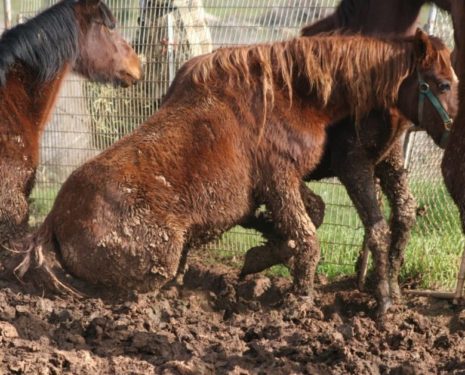
From horses being neglected, to riders abusing their horse from lack of knowledge, or those who are intentionally harming their horses.
Despite how common it is to see these issues shared on social media, it's not always as clear to know how to deal with horse abuse when you are witnessing it up close and personal.
Here are a few things you can do if you find yourself witnessing horse abuse.
-
Physically Intervene
If you can you should try to step in and physically intervene in the abuse happening. This isn't always the best option, however, as some abusive individuals can pose a threat to other people around them when confronted for their actions. Only you can know if it's safe to physically step in to stop the violence as it's happening.
-
Take Photographic Evidence
An alternative to physically stepping in, is documenting the act. While it is always preferable, and ideal, to stop the violence immediately if you don't feel the situation is safe enough to do so documenting it will help bring justice for the abused horse later on.
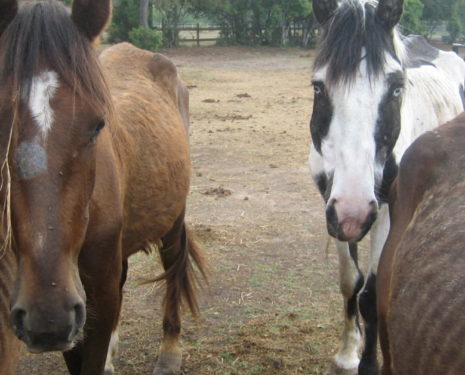
-
Shoot Video of the Situation
Again, as an alternative to physically intervening in the horse abuse, taking video documentation can help build a case against the abuser, to end the abuse long-term. I would argue that video is a better form of documentation than images, as long as the quality is high enough to identify the horse(s) and human(s) involved, because no one can argue “just a moment in time” as abusive Dressage riders like to claim.
-
Call Local Authorities
Call local authorities responsible for the welfare of animals in their district, and file a report immediately. Provide them with as much detail and documentation materials as you can. It is typically an uphill battle to get them to take animal abuse reports seriously, so make sure you provide irrefutable evidence of what you state happened, through video and photographic documentation.
-
Share on Social Media
Whether you love or hate social media, for those individuals caught abusing animals a lot of justice can be found by making the issue go viral. Local authorities will take a case more seriously if their phones are blowing up, and email inboxes full. When you share, be sure to include the contact information for the local authorities so people can contact them and demand they investigate the issue, and press charges accordingly.
-
BONUS: Share with Local News Channels
Don't wait for them to become interested in the story, instead, you can be proactive and email local news channels directly with the evidence you also gave to local authorities. Tell them why this is evidence of animal abuse and should be covered in their next broadcast. Be prepared for them to ask if you will give an interview for the broadcast if they choose to pick it up.
Am I missing anything, what other ways can you make sure someone is made responsible for horse abuse?
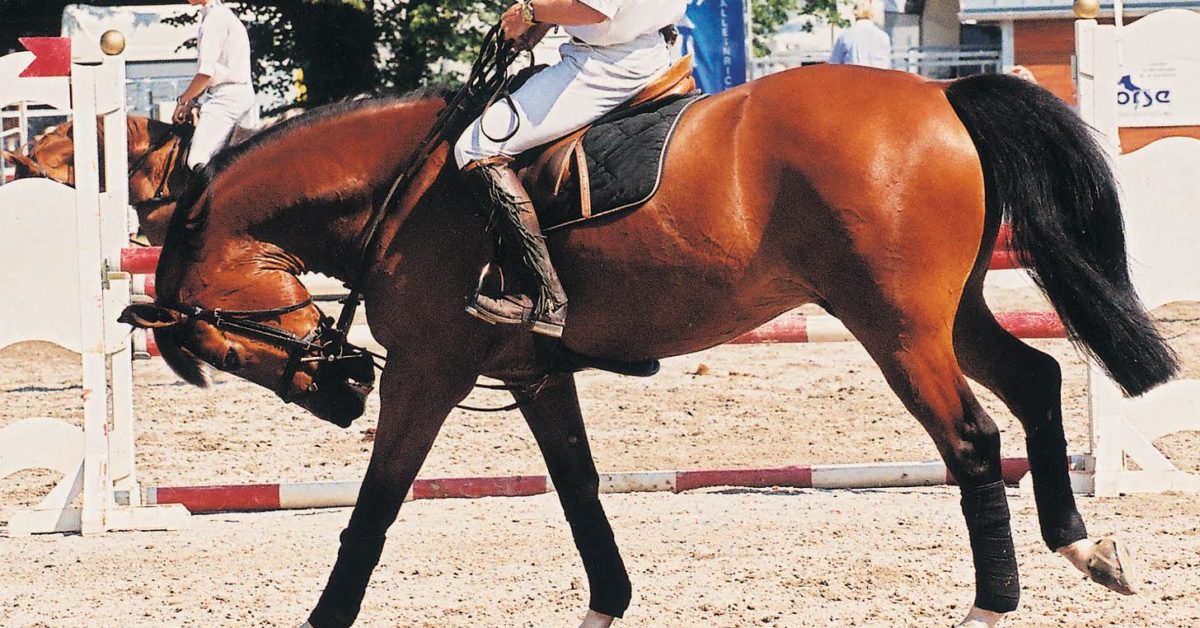

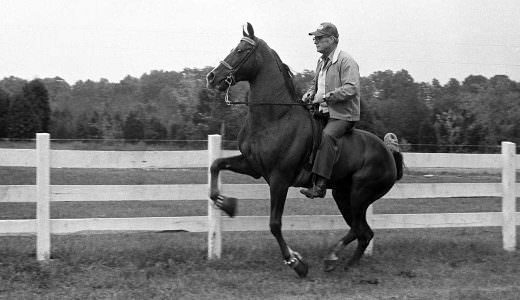
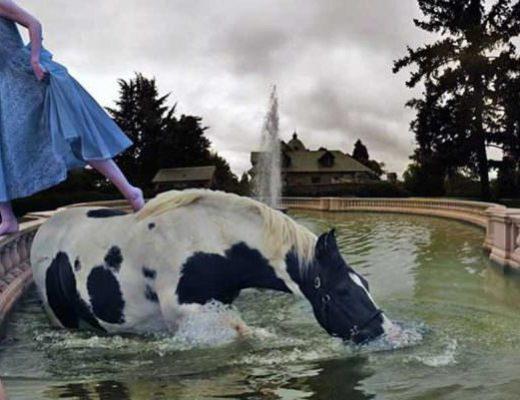
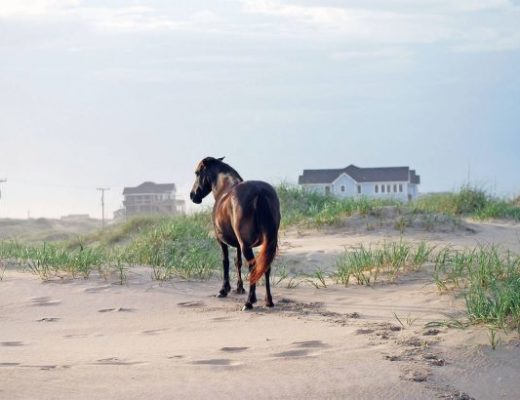
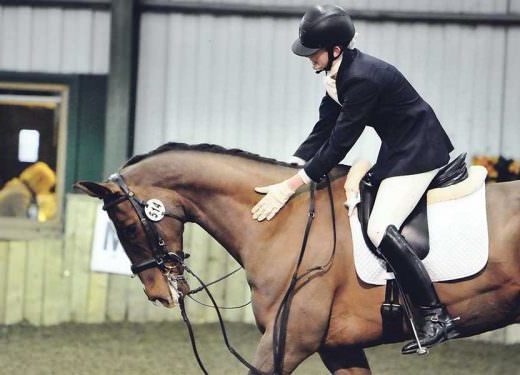
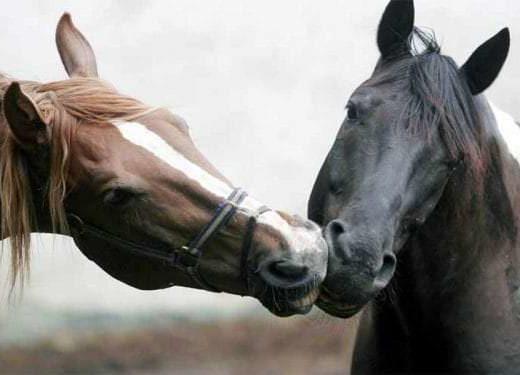
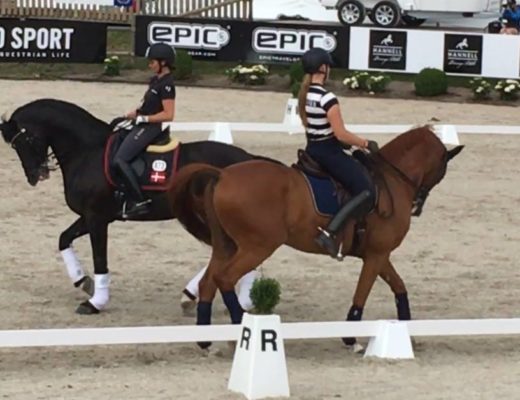
Hi Erica, this is a useful and concise article which I take to heart & hope I don’t need to put into practice, but will if necessary. We must be the voices for horses in peril, no matter who “owns” them or who is handling them. Thank you for promoting equine welfare.
And thank you for being here. Welfare for the horse will only happen once the majority gets behind wanting and demanding change. 🙂